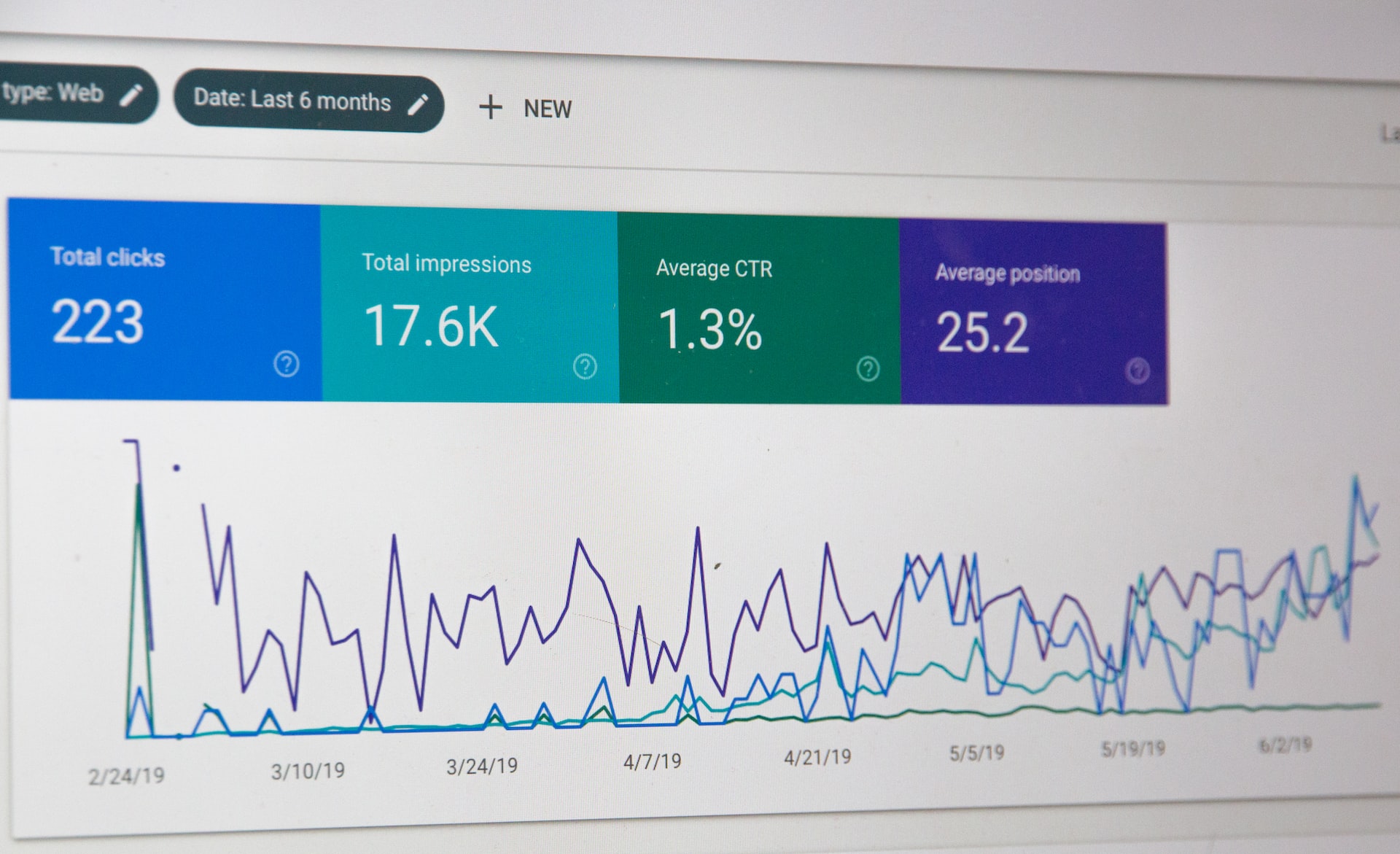Learn How to Harness the Power of Network Effects
Network effects have become a powerful economic force that shapes the success of digital products and services. Network effects, also known as network externalities, refer to the idea that the value of a product or service increases as
more people use it.
In other words, the network effect occur when the value of a product or service is derived not just from its inherent features or benefits but from the number of other people who are using it. This can create a powerful feedback loop that drives adoption and can be difficult for competitors to replicate.

In this article, we will explore the concept of network effects in more detail, including how they work, why they matter, and some examples of digital products that have successfully harnessed this powerful force.
What are Network Effects?
Network effects occur when the value of a product or service increases as more people use it. The simplest example of the network effects is a telephone. The first telephone was essentially useless because there was no one to call. But as more people got telephones, the value of the telephone increased because it became easier to connect with people.
One such example: is a social media platform like Facebook is more valuable to its users if more people are using it, as there are more people to connect with and more content to consume. Many products incorporate network effects into their
product roadmap, ensuring their
growth team is constantly thinking about how to grow the business.
What are the three elements of network effects?
Exchange, staying power, and platform create the value with network effects. Exchange refers to how a network connects two parties that weren't previously connected; a telephone for example. Staying power refers to the fact that as more people use the same network, it's less likely for the network to disappear. Once Facebook was adopted by the majority of the population, it cemented its long-term relevance. Lastly, platform refers to the fact that other parties can create new value for the network that wasn't originally built in.
Types of Network Effects
There are two types of network effects: direct and indirect. Direct network effects occur when the value of a product or service increases as more people use it. Indirect network effects occur when the value of a product or service increases as more complementary products or services are available.
Direct Network Effects
Direct network effects occur when the value of a product or service increases as more people use it. This is the most common type of network effect and is the one that is typically associated with digital products. The more people use a product or service, the more valuable it becomes to others.
Examples of products that benefit from direct network effects include social media platforms, messaging apps, and marketplaces.
Let's view some examples of direct network effects below:
Social Media Platforms
Social media platforms like Facebook, Twitter, and Instagram are more valuable to their users as more people use them. More users mean more content to consume, more people to connect with, and more opportunities for engagement.
Messaging Apps
Messaging apps like WhatsApp, WeChat, and Telegram are also dependent on direct network effects. The more people who use these apps, the more valuable they become because there are more people to communicate with.

Online Marketplaces
Marketplaces like eBay and Airbnb also benefit from direct network effects. The more buyers and sellers using these platforms, the more products and services are available, making them more valuable to users.
Indirect Network Effects
Indirect network effects occur when the value of a product or service increases as more complementary products or services are available. This type of network effect is less common but can still be a powerful force in certain industries.
Let's see some examples of indirect network effects below:
Video Game Consoles
One example of indirect network effects is video game consoles. The value of a video game console is directly tied to the number of available games.
The more games that are available, the more valuable the console becomes. As more people buy the console, game developers are incentivized to create more games, which in turn makes the console more valuable to existing users and more appealing to new ones.
Ride Sharing Platforms
Another example of indirect network effects is the ride-sharing industry. The value of a ride-sharing platform like Uber or Lyft is directly tied to the number of drivers available.
The more drivers available, the faster rides can be completed, which makes the platform more valuable to users. As more people use the platform, more drivers are incentivized to sign up, which in turn makes the platform more valuable to existing users and more appealing to new ones.

Why do Network Effects Matter?
Network effects matter for two main reasons. Firstly, they create a powerful competitive advantage for businesses that achieve them.
Once a network effect is established, it can be difficult to displace the market leader because the value of the network becomes increasingly tied to the number of users, making it more valuable to existing users and harder for them to switch to a new platform.
This makes it difficult for new entrants to compete with established players, as they may struggle to build up a large enough user base to compete.
Secondly, network effects can create a virtuous cycle that drives adoption and growth. As more people use a product or service, the value of the product or service increases, which attracts even more users. This can create a powerful feedback loop, leading to explosive growth and market dominance.
Examples of Strong Network Effects
Many digital products have successfully harnessed the power of network effects to become dominant players in their respective markets.
Here are a few examples:
Facebook
Facebook is the largest social media platform in the world, with over 2.8 billion monthly active users. Facebook's success is due in large part to its network effects.
As more people use the platform, it becomes more valuable to existing users, which in turn attracts even more users.
Facebook has also successfully leveraged indirect network effects by creating a platform that allows other businesses to build on top of it. This has helped create a rich ecosystem of apps and services that further enhance the platform's value.
Uber
Uber is a ride-sharing platform that has disrupted the taxi industry in many cities worldwide. Uber's success is due in large part to its direct network effects. The more drivers and riders use the platform, the more valuable it becomes to both groups.
Uber has also successfully leveraged indirect network effects by partnering with other companies to create a network of complementary services, such as food delivery and bike sharing.
eBay
eBay is a popular online marketplace that connects buyers and sellers from all over the world. eBay's success is due in large part to its direct network effects. The more buyers and sellers use the platform, the more valuable it becomes to both groups.
eBay has also successfully leveraged indirect network effects by creating a platform that allows other businesses to build on top of it. This has helped to create a rich ecosystem of complementary services, such as shipping and payment processing.
LinkedIn
LinkedIn is a social network that is focused on professional networking. LinkedIn's success is due in large part to its direct network effects. The more people use the platform, the more valuable it becomes to existing users, attracting even more users.
LinkedIn has also successfully leveraged indirect network effects by creating a platform that allows other businesses to build on top of it. This has helped to create a rich ecosystem of complementary services, such as job search and recruiting.

Drive Success with Network Effects
Network effects are a powerful economic force that can drive digital product and service adoption and growth.
By creating a feedback loop that makes a product or service more valuable as more people use it, network effects can create a powerful competitive advantage for businesses that achieve them.
As we have seen with examples like Facebook, Uber, eBay, and LinkedIn, network effects can be a key driver of success in the digital economy. In this way, businesses taking Maven's
online classes can successfully take advantage of the network effect to become dominant players in their respective fields.








